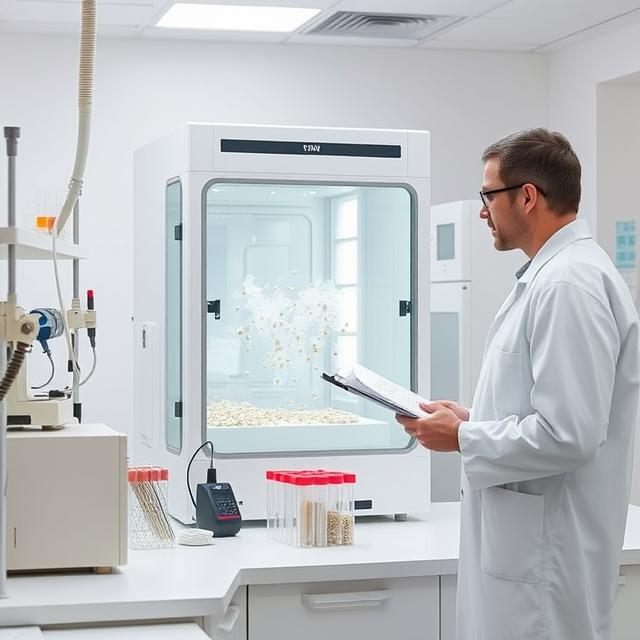HR managers today are increasingly focused on enhancing both the immediate health and long-term well-being of employees, recognizing that indoor air quality plays a critical role. Poor indoor air quality, resulting from pollutants like volatile organic compounds (VOCs), mold spores, and elevated CO₂ levels, has been linked to issues like respiratory discomfort, headaches, and fatigue. These symptoms, often subtle at first, contribute to what is known as Sick Building Syndrome, where prolonged exposure to poor air quality can lead to increased absenteeism and reduced engagement.
Studies have shown that improving air quality in the workplace can lower the frequency of sick days and enhance mental clarity among employees. HR’s commitment to addressing air quality is not just about creating a comfortable space—it’s a proactive approach to fostering a resilient workforce. By reducing common indoor pollutants, HR managers can improve employees’ physical and mental wellness, helping them feel more focused, energized, and supported in their daily tasks.
Indoor Air Quality as a Factor in Employee Retention and Recruitment
As awareness of workplace environment quality grows, employees are beginning to factor indoor air quality into their decisions to join or stay with a company. Clean, health-supportive indoor environments are becoming a sought-after feature, particularly in industries with a competitive job market. HR’s focus on air quality as part of the company culture sends a strong message: the organization is invested in employee well-being, a factor that can make all the difference in talent attraction and retention.
HR managers recognize that providing fresh, clean air fosters a sense of security and well-being, reinforcing employees' sense of being valued and respected. This focus on environmental quality directly impacts job satisfaction and reduces turnover, with studies showing that employees are more likely to stay with employers who prioritize health-conscious workspaces.
Addressing Indoor Air Quality as Part of HR’s Role in Risk Management
HR’s role in maintaining workplace safety has expanded to include managing risks associated with poor indoor air quality. As awareness of air quality’s impact on health grows, HR is increasingly responsible for creating environments that not only support productivity but also comply with evolving standards for indoor air. Poor air quality is now recognized as a significant workplace hazard, with potential implications for employee health, safety, and regulatory compliance.
Failing to address indoor air quality can expose organizations to legal liabilities, particularly in industries with strict occupational health standards. With more regulatory bodies enforcing guidelines on indoor air quality, HR managers are proactively seeking solutions to mitigate these risks, from upgrading HVAC systems to implementing air quality monitoring.
By ensuring clean air, HR not only aligns with these standards but also helps prevent liabilities that could arise from neglecting employee health. Prioritizing air quality reinforces the organization’s commitment to a safe, resilient workplace, strengthening its reputation and supporting long-term sustainability.




Leave a comment
This site is protected by hCaptcha and the hCaptcha Privacy Policy and Terms of Service apply.